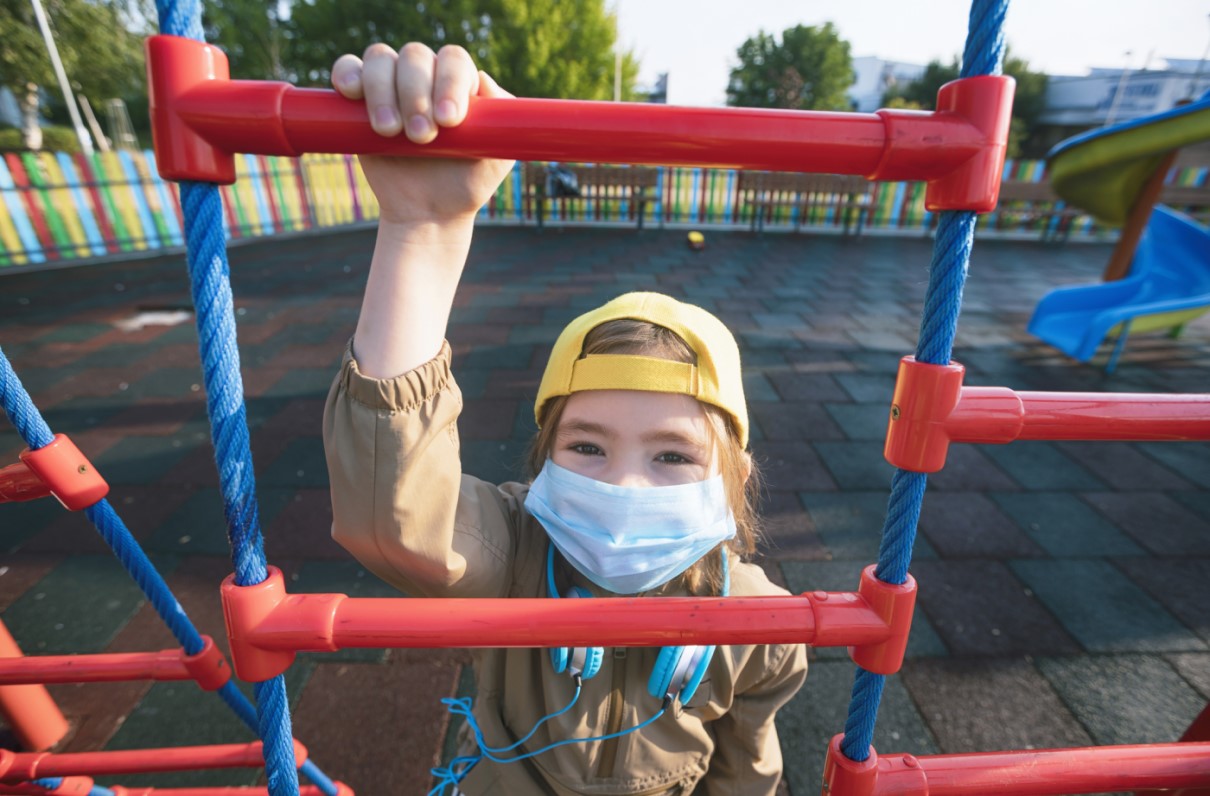Child care is at the forefront of the national conversation as many working families grapple with how to manage their child care needs as the COVID-19 pandemic continues. The combined impact of new work environments, changing family habits, and the destabilization of the child care industry has created chaos for Americans with children.
According to Child Care Aware of America, 35% of child care centers and 21% of family child care programs remain closed nationwide. Where care is available, we can expect the cost to increase, even beyond the high costs that were raising red flags prior to COVID-19. This is due to lower student-to-provider ratios and increased cost of personal protective equipment and sterilization of materials.
You may be wondering why this matters to military families? After all, don’t they have their own child care system?
Breaking Down the Numbers
There are approximately 800,000 military children under age 5. The military’s child development centers (CDCs) only serve 25%, or 200,000, of these children. The other 600,000 are receiving care outside of CDCs, and while some may benefit from care within their immediate family, many attend civilian child care facilities.
When CDCs are at capacity, military families can opt to use their service’s fee assistance program through Child Care Aware of America to receive a subsidy for care in the civilian sector. This program serves more than 10,000 military children per year.
The closures, increased expenses, and dwindling options within the civilian sector are impacting military families that get their care on the economy. DoD recognizes that child care “enhances force readiness” and is a critical benefit to recruit and retain servicemembers. According to the Blue Star Families Annual Military Family Lifestyle Survey, child care is a top quality of life concern for military families — especially among women in uniform and servicemembers with a working spouse.
[RELATED: DoD Must Address ‘Desperate Need’ for Child Care Support]
It is clear the lack of child care options and increasing cost of child care could impact military recruitment, retention, and force readiness. These factors need to be considered as Congress considers financial relief for the child care industry in current and upcoming COVID-19 relief packages and defense appropriations bills.
COVID-19 Relief
To stabilize the U.S. child care industry, Congress needs to invest a substantial amount in financial relief. Child Care Aware of America states $50 billion is needed to “help keep providers in business and make child care more affordable for families.” The U.S. child care industry can expect to lose 4.5 million child care slots without dedicated financial relief, according to the Center for American Progress. This funding would also stabilize the cost of child care and ensure quality is not lost due to the economic hardships.
There is bipartisan support to provide child care relief funding. In July, the House passed H.R. 7027, the Child Care is Essential Act, which would provide the $50 billion in relief. While the Senate is supportive of child care stabilization funding, disagreements over the bottom-line number have delayed passage of this critical bill. It is unclear whether this will be considered in upcoming COVID-relief packages.
[DONATE NOW: MOAA's COVID-19 Relief Fund]
Timing is critical to secure stabilization funding. The longer the industry goes without relief, more providers will close their doors and costs for the dwindling number of available child care spots will continue to rise. Passing child care stabilization funding now will allow families to go back to work, enhance our economy, and improve military family readiness.
MOAA Knows Why You Serve
We understand the needs and concerns of military families – and we’re here to help you meet life’s challenges along the way. Join MOAA now and get the support you need.

